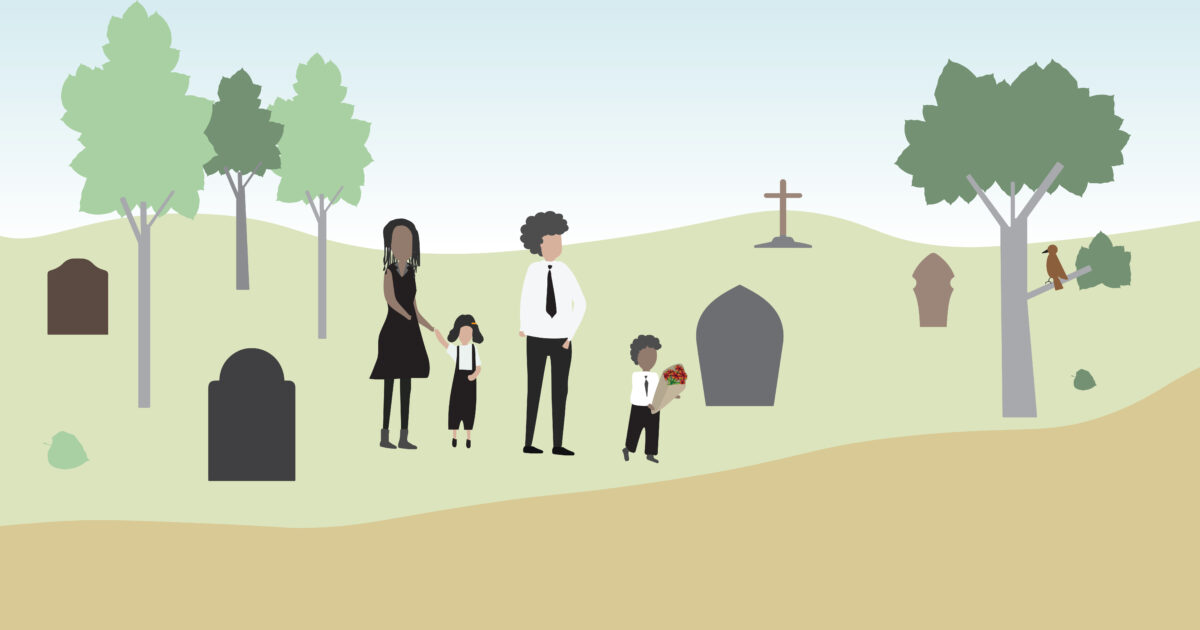
April 10, 2020 Webcast Qs&As
Our BAO bereavement sector licensees came out in force, 2,121 of them, for a webcast on April 10 with CEO/Registrar Carey Smith.
Here are answers to questions, not already included in the presentation nor in our previous Qs&As.
The government is working hard on this. Ensure you are using your Personal Protective Equipment effectively and not wasting it unnecessarily. Use N95 masks only on people who require it. You should continue to try and source PPE via your usual channels and ensure you have a suitable quantity of PPE.
The Expedited Death Response does not apply to deaths at private residences. The one-hour time applies to hospitals, and three hours or less at long-term-care (LTC) facilities. Just as before, a person who dies at home should be removed in a timely manner.
No. You may rely on the identification tag on the body pouch received at the designated waiting area at the hospital or LTC facility. To reconfirm the identity of the deceased once back at your facility, check all identification tags including those directly on the deceased.
The Expedited Death Response Team (EDRT) has been instructed to try to obtain funeral home preference on admission to the hospital as well as at the time of death. If families don’t choose, the EDRT will have to make that decision. It’s all about moving as quickly as possible to remove the decedent from the hospital to avoid body storage problems and transfer to the funeral professionals.
Yes. The body pouch will be labelled, by hospital staff, as COVID-19.
If a facility/institution requires the two staff, you must follow their policies. If they do not have a restriction mandating two people at transfer, then you may go with one – but only if it is safe to do so.
Crematoriums are expected to adjust their operations to be available when needed in order to avoid body storage problems and to prevent delays in cremations.
Yes. Please also discourage open caskets and family touching the decedent. Please also note that burial, cremation or hydrolysis disposition must take place as soon as possible during the pandemic.
Yes. We have been making our COVID-19 information public since February, through our website, Qs&As on the website, social media and many news media interviews with the CBC, The Globe and Mail, Toronto Star, Global TV and several local media organizations. Please also advise family members of the regulations as posted on the BAO’s website. We know this is very difficult for families.
The maximum is 10 people, or fewer. But some cemeteries may have more rigid restrictions. A few cemeteries are now closed to the public and are simply doing the burials without mourners present, which is their right.
The max-10 directive rule also encourages funeral homes and cemeteries to be more strict and have fewer people exposed to possible infection in funeral homes and cemeteries.
All funeral homes must remain available to respond 24/7 when needed during this pandemic.
Yes. We understand that they have been notified of the change in process by the Deputy Registrar General, Vital Statistics Act. Municipalities can use electronic means to receive Form 15 & 16 to obtain a burial permit. Communicate with your local divisional registrar/clerk to confirm that they are equipped to do this. Documents with ink signatures must be delivered to the municipality at least once a week.
You can transport two or more deceased in one vehicle at the same time as long as the dignity of the deceased is maintained.
If you have any questions or concerns, please contact the program’s Team Lead at 807-343-7612. Keep in mind that although municipalities have the authority to transact electronically, they may not have the ability. Many municipal clerks are working from home and may not have the technology.
The MCOD can be obtained electronically through the Ontario Chief Coroner (OCC) Team by emailing occteam@ontario.ca or by calling 1-833-915-0868 or 647-792-0440.
Before the need arises, you are urged to contact your local ODSP/Ontario Works Office now to determine the best course of action for obtaining approvals. We are not aware that they will be available 24/7.
If you are unable to obtain body pouches from your regular supplier, you are urged to work with LTC facilities or other providers in your community to obtain supplies from wherever possible.
The time starts when you receive the call from the Expedited Death Response Team (EDRT).
Contact the OCC Team by emailing occteam@ontario.ca or by calling 1-833-915-0868 or 647-792-0440.
Not at this time. Hospices generally have clinicians available who can supply a Medical Certificate of Death quickly.
Funeral professionals can rely upon the information received from the Expedited Death Response Team and the family contact for the purposes of the initial transfer.
Because the fabric cannot be easily disinfected, stretcher covers should not be used. Once the cover is removed disinfect the stretcher.
Yes, every death taking place in LTC requires the use of a pouch.
It’s your responsibility to reconfirm the identity of the deceased by checking all tags/bracelets upon return to your facility. As usual, you may also take this opportunity to remove any jewellery on the deceased for return to the family.
Hospital staff have been given instructions to do so. You may inquire whether it has taken place before receiving the body. You should disinfect the pouch again prior to loading the deceased into your vehicle.
The 10-max-or-fewer directive is a maximum. Funeral homes may go lower than 10 people in the funeral home (not counting FH staff), and in fact the BAO encourages you to do so.
The cemetery may offer pallbearer services for a fee. However, it must be optional and must be clearly described on its price list. It is a separate cost from the opening and closing price.
This measure is in place to reduce the risk of exposure to you, and to prevent the spread of the virus to others within the LTC facility and/or to your facility.
You may request the Expedited Death Response Team to arrange that jewelry be removed prior to receiving the deceased.
They should not charge their weekend and holiday surcharges to do burials on Saturdays or Sundays during the pandemic. The Registrar has ordered the 24/7 burials, to prevent stockpiling, so families should not have to pay the surcharge.
Yes, every attempt should be made to meet this timeline.
There are also the 51 previous Qs&As for your reference.


